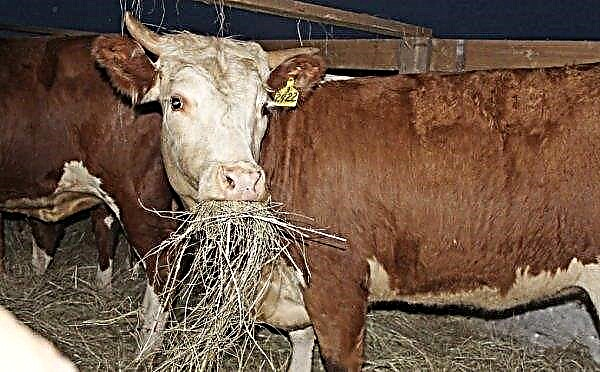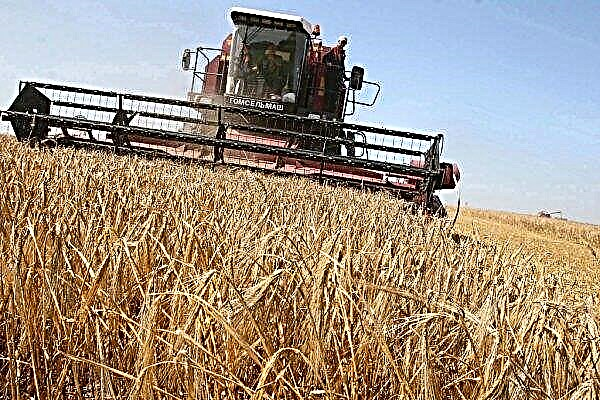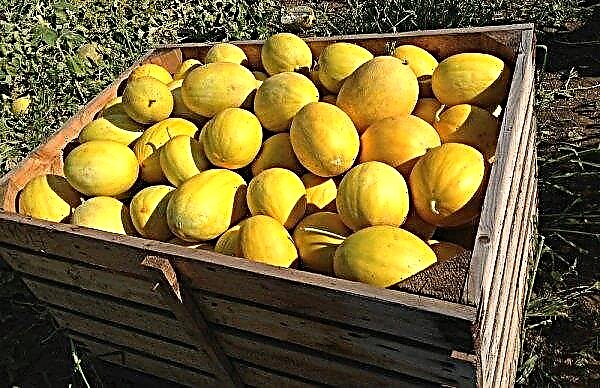In the coming year, the National Meat Federation of Russia expects a further reduction in pork prices. The reason for this is the strong expansion of production in the country.
From January to October 2019, while prices for slaughtered pigs and pork in the European Union have risen markedly in recent months, price pressures in Russia are felt and should continue next year.
As the director of the National Meat Association Sergey Yushin recently said, from January to October, prices for halves of pork averaged 152.2 rubles, or 2.15 euros / kg. This is 3.9% less than the same period last year.
Currently, the halves are bought back only from 135 rubles. (1.90 euros) to 142 rubles. (2.00 euros). Compared to the low price phase of 2014/15. this is minus 15%. Direct speech: “If the situation remains as it is today, prices may continue to fall next year,” Yushin explained.
The head of the association noted that such a decrease in pork prices was due to the expansion of domestic production, which was predicted. In the period from 2020 to 2023, it is expected that the industry with further investments will amount to about 200 billion rubles (2.82 billion euros).
 Pork contains vitamins of group B. B1 increases immunity and promotes the active functioning of the nervous system, B2 breaks down fats, participates in metabolism, B3 gives strength and energy, B5 protects the skin and mucous membranes from infections, B9 and B12 contribute to cell division and are necessary for normal functioning immune and nervous systems.
Pork contains vitamins of group B. B1 increases immunity and promotes the active functioning of the nervous system, B2 breaks down fats, participates in metabolism, B3 gives strength and energy, B5 protects the skin and mucous membranes from infections, B9 and B12 contribute to cell division and are necessary for normal functioning immune and nervous systems.
This has led to significant structural changes, as a result of which small private pig producers have left the market due to efficiency problems or veterinary reasons.
In contrast, industrial pig production is growing rapidly. According to Yushin, in 2019 it is expected to increase the volume of pork production by about 1.1 million tons, or 39%, to 3.91 million tons. Relatively low prices increase demand, according to the director of the association.
It is estimated that pork consumption in Russia will grow by 300 thousand tons over the next 4 years, when prices become available. Thus, the annual growth rate of consumption will be 1.5-2.0%.
- The Republic of Belarus has limited the supply of pork from the Lviv region, for a number of important reasons.
- German pork exports to third countries grew significantly in the first five months of this year, an increase of 17%.
- The ASF crisis is affecting the herd, leading to a reduction in the national livestock of Poland by 880,500 heads, and the disease also affects the production of pork.
- Despite the constant demand for pork from Asian countries affected by African swine fever virus (ASF), such as China and Vietnam, has raised the price of pigs in France.
- Earlier, we reported that the Canadian Food Inspection Agency, according to a statement by the Chinese side on the falsification of documents, stopped issuing export certificates to China for all types of pork and beef.












